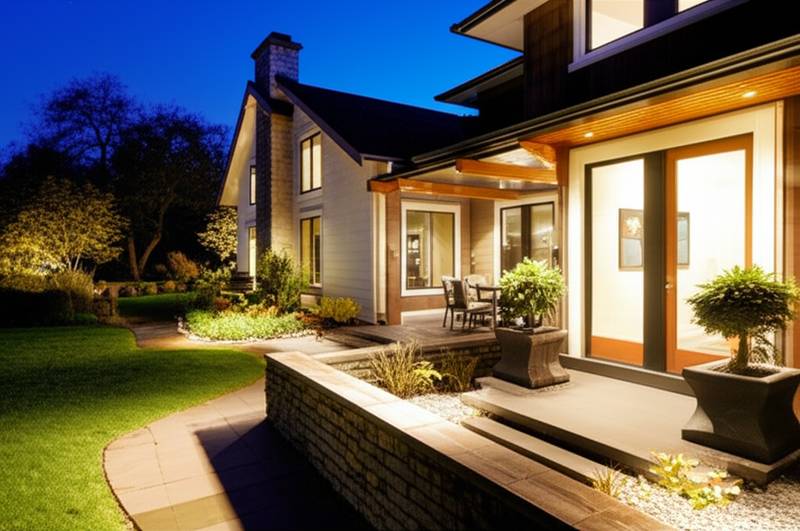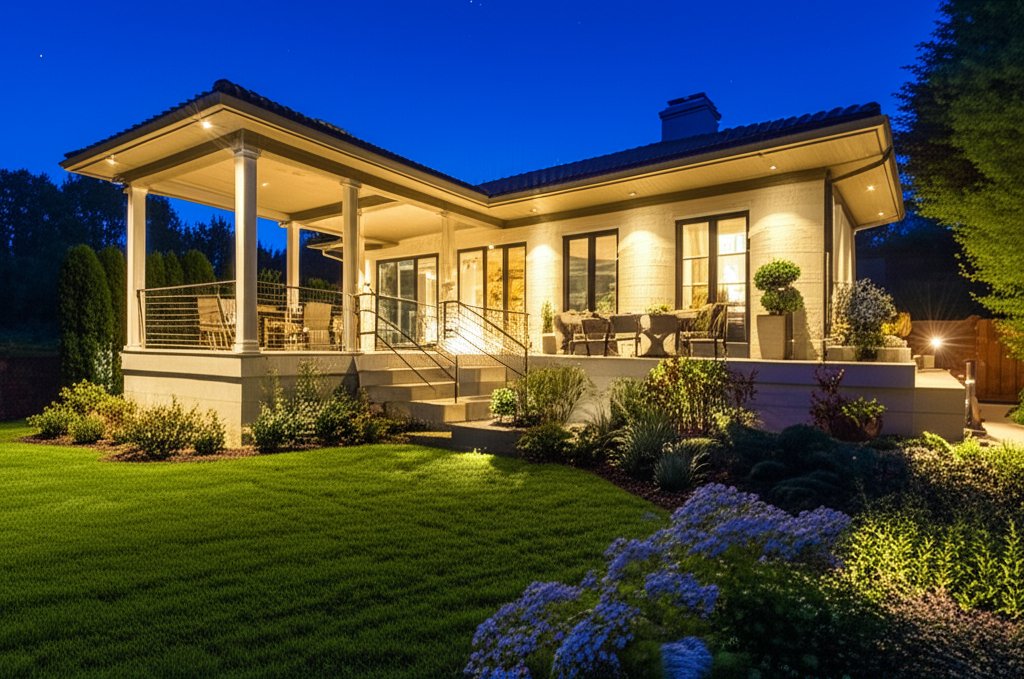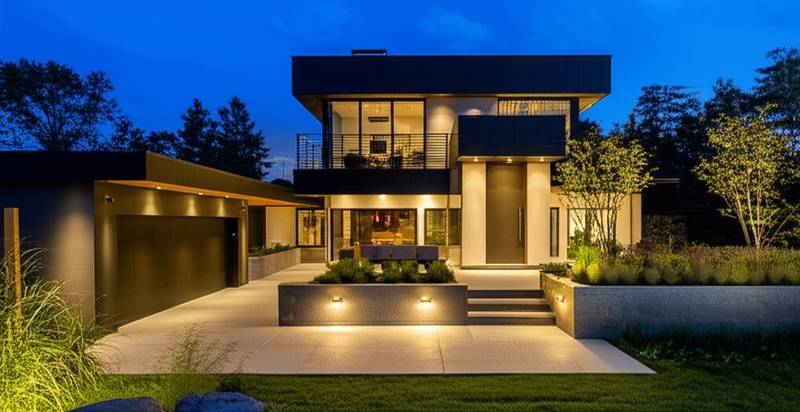2025 Dark Sky Rules Transform Outdoor Lighting Design
I remember standing in a quiet backyard one evening, the air still and cool, the stars faint behind a haze of artificial light. It was a moment that made me realize how much we have come to accept light pollution as part of modern life. Streetlights, porch lamps, and decorative fixtures often spill light far beyond what we need. Yet when the lighting is balanced and directed with care, the night sky returns, and the landscape feels softer and more alive. That simple adjustment changes how we experience the outdoors after sunset.
The new dark sky rules are designed to protect that experience. They encourage homeowners, designers, and communities to rethink how outdoor lighting works, not just for function but also for atmosphere, ecology, and energy use. These guidelines do not take away the beauty of night lighting. They refine it, helping us create spaces that are safer, calmer, and more connected to nature.
How the New Rules Are Changing Residential Lighting
The recent updates to dark sky guidelines have brought outdoor lighting into sharper focus for homeowners. Many are finding that compliance is not a restriction but an invitation to design smarter. The shift is influencing everything from product selection to layout and even the way we think about safety lighting.
1. Shielded Fixtures Become the Norm
In the past, many fixtures were designed for visual effect rather than efficiency. Uplights that highlighted trees or architectural features often contributed to sky glow. The new rules favor fully shielded designs, which direct light downward and prevent glare. These fixtures come in many styles, from sleek modern sconces to traditional lanterns. The difference lies in their internal design, not their aesthetic.
A shielded light creates a soft pool of illumination rather than a bright cone. It blends with the landscape, guiding the eye without overpowering the surroundings. Homeowners who switch to these fixtures often notice that their gardens feel more peaceful, with subtle highlights instead of harsh contrasts.
2. Color Temperature Gets Warmer
One of the most noticeable changes comes from the shift toward warmer tones. Cool white or blue-tinted lights can disrupt circadian rhythms and attract insects. Warm white or amber lighting, on the other hand, has a gentler effect and a more natural appearance.
When used along a pathway or patio, warm lighting feels inviting. It complements the textures of stone, wood, and foliage. Many manufacturers now label their fixtures with a “dark sky compliant” tag, which makes choosing the right color temperature easier. The general recommendation is to stay below 3000 Kelvin, which produces a soft glow close to candlelight.
3. Smarter Controls Replace Constant Illumination
The new approach encourages lighting that responds to presence rather than remaining static. Motion sensors, dimmers, and timers are now seen as design tools. They allow light to appear only when necessary, which saves energy and extends bulb life.
This approach also transforms how we experience our outdoor spaces. A softly lit garden that brightens as someone walks through it feels alive and interactive. It heightens awareness of the environment instead of washing it in uniform brightness.
4. Reevaluating Security Lighting
Many homeowners associate security with bright floodlights. Yet overlighting can have the opposite effect, creating deep shadows that reduce visibility. The dark sky perspective reframes security lighting as targeted awareness rather than brute brightness.
By placing shielded lights at entry points, along paths, or near gates, you achieve visibility where it matters most. Pairing these with motion sensors ensures that light appears only when someone approaches, which is both efficient and effective. The result is a safer environment that still respects the night.
The Emotional Side of Light
Lighting shapes how we feel about our homes after sunset. Bright, unfiltered light can make a yard feel exposed or sterile. Gentle, directed light creates intimacy and calm. When you reduce glare and restore darkness, the stars seem closer, and the garden feels more like an extension of the sky.
There is also a sense of rhythm that comes from living with softer light. Evening gatherings take on a slower pace. The glow of a single lantern or the shimmer of a pathway light can center the moment. This emotional connection is what makes dark sky design so rewarding. It is not just about compliance or energy savings, but about rediscovering the beauty of nighttime itself.
Living with Your Design
Adopting dark sky principles is not a one-time project but an evolving part of home care. As plants grow and seasons change, lighting needs may shift. Revisit your setup occasionally to ensure it still serves both function and mood.
The reward for this attention is a landscape that matures gracefully under night skies that remain visible. Neighbors may even notice the difference.
Making It Happen
Applying the new dark sky rules is not about restriction. It is about refinement, awareness, and appreciation for the natural world that begins where electric light ends. Start small, perhaps by changing one fixture or adjusting one timer.
Each thoughtful adjustment contributes to a healthier environment and a more beautiful home. Over time, your garden becomes both a private retreat and part of a broader effort to restore balance between human comfort and the rhythms of the night.
When the lights settle into their quiet places and the stars return above, you will see that darkness is not something to fight against. It is part of the design, and when handled with care, it becomes the most elegant element of all.



